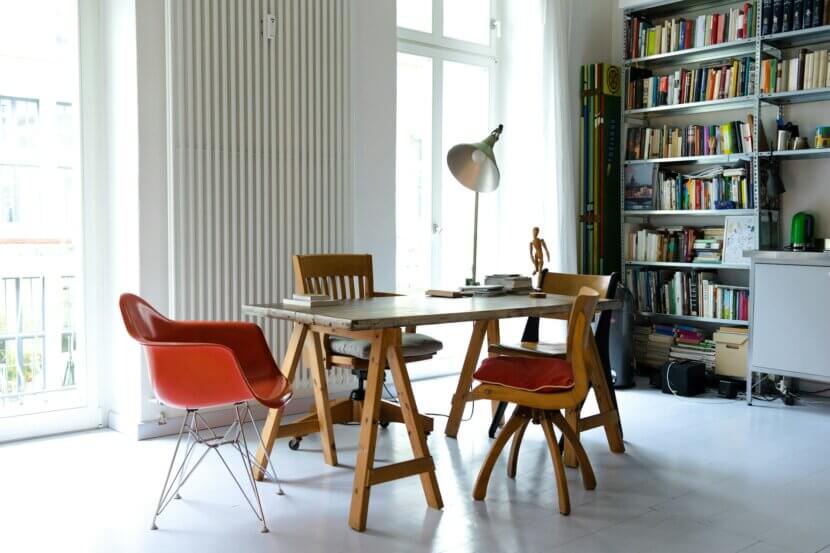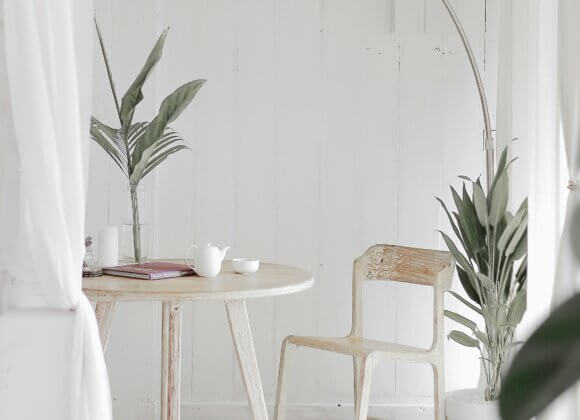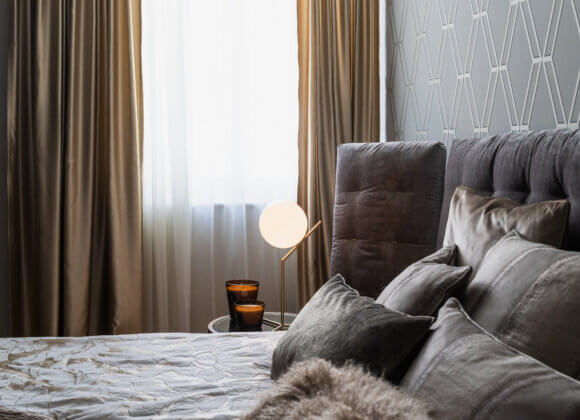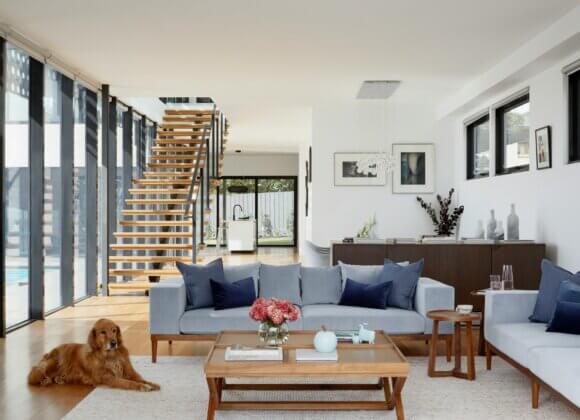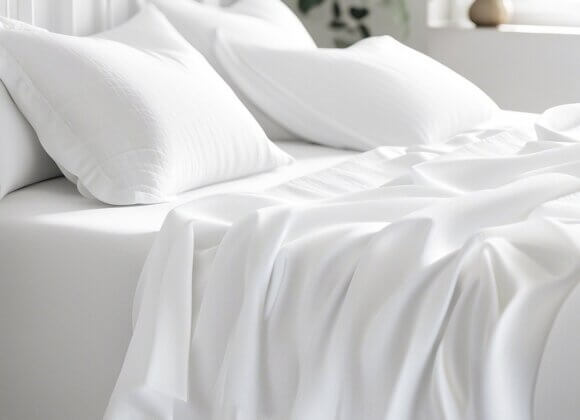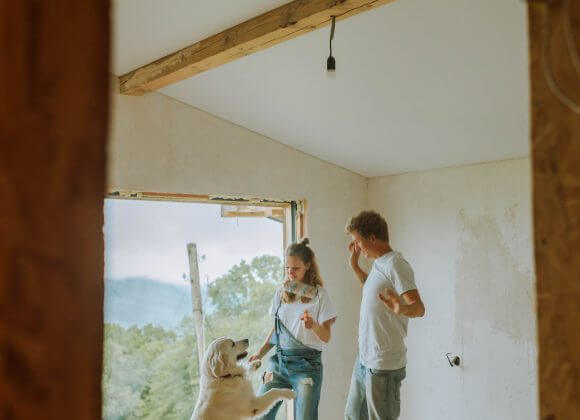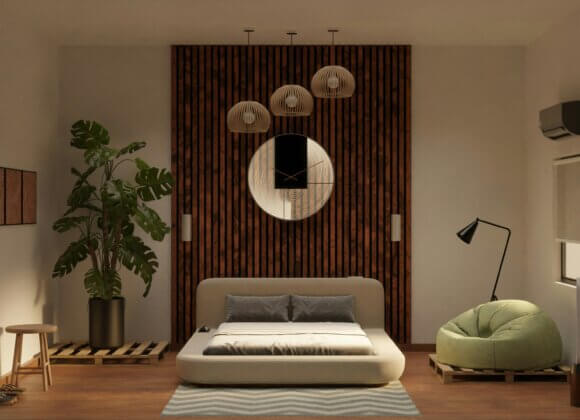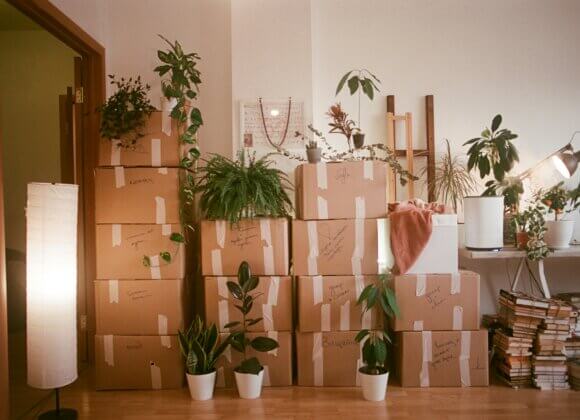Whether new build or renovation – the choice of the right floor not only determines the style, but also the climate and quality of living. More and more people are now opting for sustainable floor coverings. But what can bamboo, cork & co. really do – and how do they compare to “classic” floors?
The floor is more than just a surface – it is used every day, influences the acoustics, the feel and, last but not least, the room climate. In times of climate change and resource scarcity, there is growing interest in materials that are environmentally friendly, durable and harmless to health. While laminate and vinyl are often made from petrochemical raw materials and are difficult to recycle, natural materials score points with a significantly better ecological footprint – without having to compromise on diversity in design.
Bamboo – the exotic among floors
Bamboo is considered one of the most sustainable raw materials of all, as it grows extremely quickly: up to one meter per day. It can be harvested after just four to five years, making it an almost inexhaustible material. Visually, bamboo is reminiscent of light-colored wood, looks modern and elegant and is now available in a wide range – from warm caramel tones to dark, almost teak-like variants. It is priced in the mid-range segment.
Its advantages lie in its hardness, durability and the fact that it is also suitable for allergy sufferers. It also feels pleasantly warm underfoot. It is less suitable in areas where there is constant moisture. In addition, the long transportation routes from Asia naturally reduce the ecological footprint somewhat.

Cork – the quiet all-rounder
Cork is obtained from the bark of the cork oak, which lives on after harvesting. It can be peeled again every nine years – a prime example of renewable raw materials. For a long time, cork was primarily known for its natural look. Today, it is processed in a wide variety of decors that can even imitate wood or stone surfaces.
Cork is priced in the mid to upper segment. Its particular strengths are elasticity and warmth as well as excellent sound insulation, which makes it particularly suitable for homes. However, it is softer than wood and therefore more susceptible to pressure marks, for example from heavy pieces of furniture.
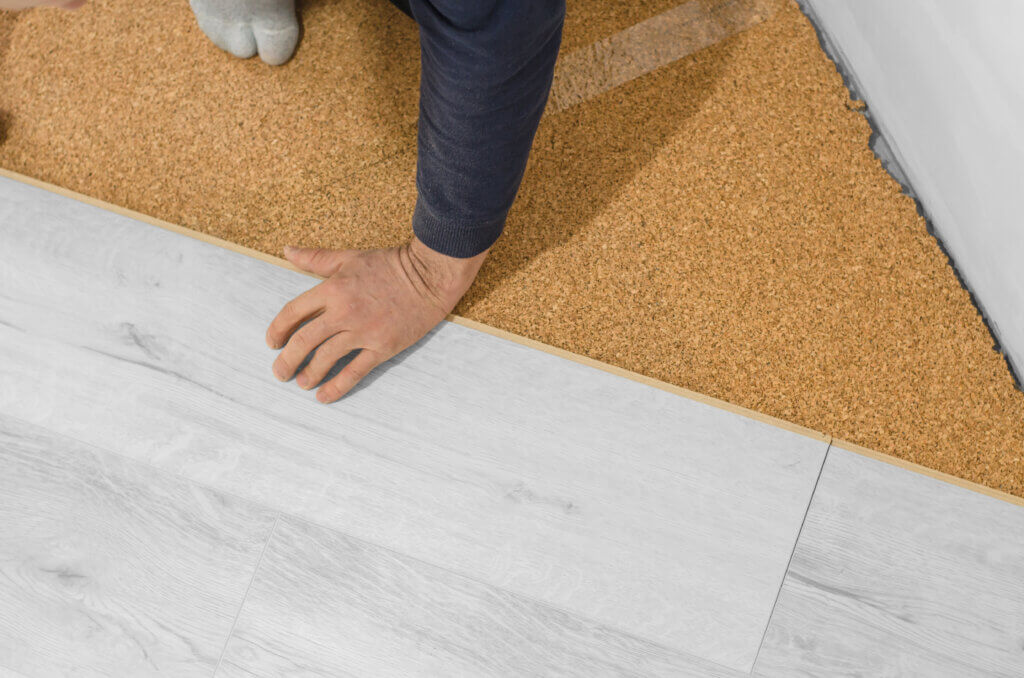
Solid wood – classics with character
Solid wood is the epitome of durable flooring. If you opt for certified goods from regional forestry, you can talk about one of the most sustainable materials of all. Solid wood floors are an investment: they can be sanded down several times and used for decades. Visually, the variety ranges from rustic oak to light maple and elegant walnut, and wood develops its very own patina over time, which further enhances its character. However, wood is in the high-price segment and care requires attention – especially with regard to moisture.
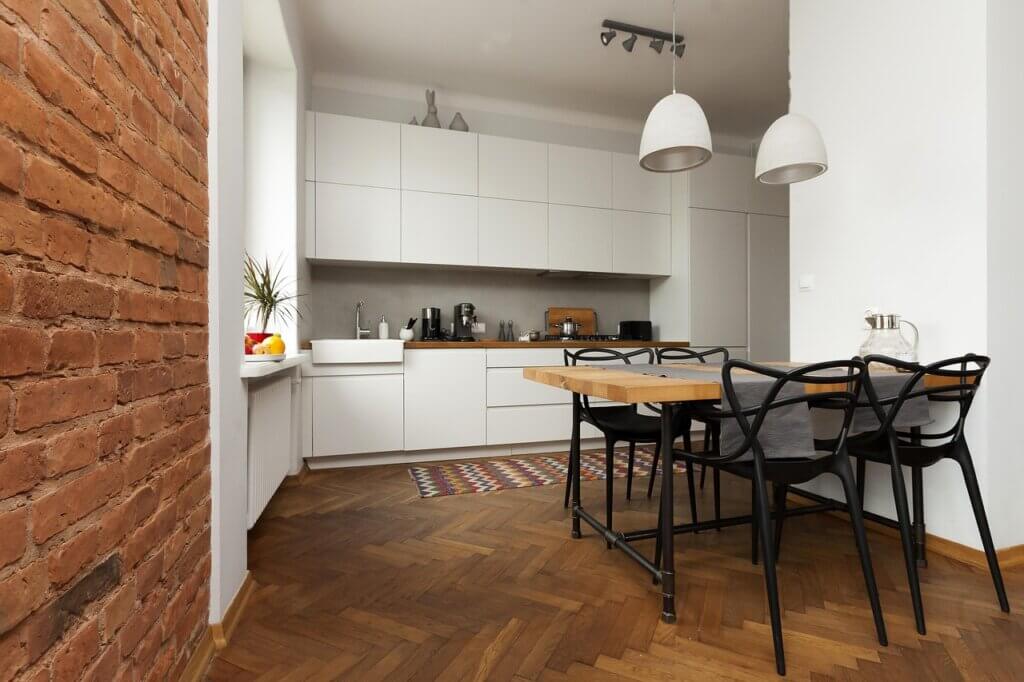
Linoleum – the underestimated natural variant
For a long time, linoleum was considered old-fashioned, but today it is making a comeback. It is made from linseed oil, wood flour, limestone powder and jute fabric – in other words, exclusively from renewable raw materials. This makes it completely biodegradable.
Its design variety is surprisingly large: from bold colors to modern, discreet structures. It is priced in the mid-range segment. Linoleum is robust, hygienic and antistatic – making it ideal for allergy sufferers. However, it tends to become brittle over the years and should be sealed regularly in order to enjoy it for a long time.
Sisal and coconut – pure nature
If you like it particularly natural, choose sisal or coconut. Both fibers come from renewable raw materials, are harvested in an environmentally friendly way and are fully recyclable. They have a rustic, earthy look and bring a clear, natural atmosphere into the room. Sisal and coir floors are in the mid-range price segment. They are considered extremely robust and make a positive contribution to the room climate, but are sensitive to moisture. They also feel harder underfoot and are less comfortable than cork or wood due to their slightly scratchy texture.
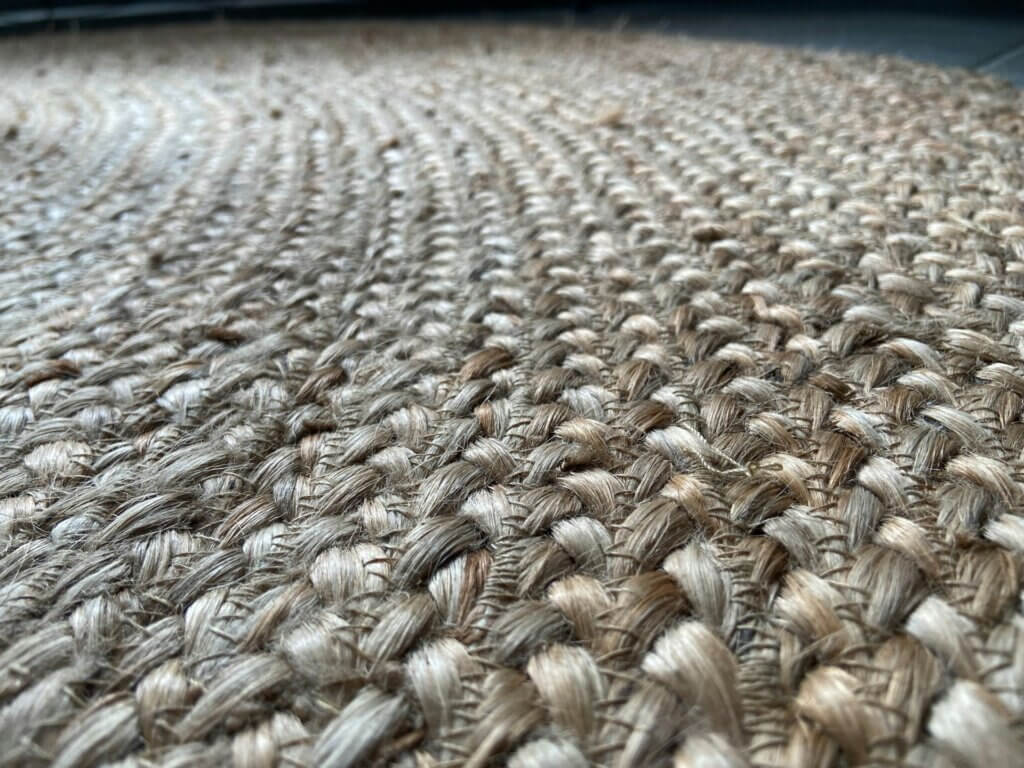
Sustainable floor coverings have long been more than just a niche product.
They combine environmental awareness with functionality and design diversity. Anyone who uses these materials when renovating or building is not only investing in a beautiful home, but also in a healthy future.
Related posts:
Skirting boards: the underestimated stars of interior design


